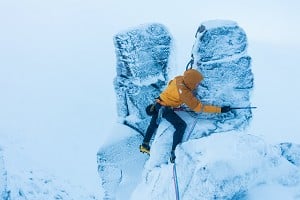
Toby Archer looks at the new Jottnar Asmund, a very lightweight mountain shell with a superb hood for serious weather. He finds it's highly breathable -but whether this is 100% a good thing depends what you're doing in it, he reckons.
The Jöttnar Asmund is an interesting shell jacket. It looks like a classic, well-designed mountain shell: just the type of thing you want climbing in the British mountains in winter; but that first impression is in some ways deceptive. It does have a fantastic, huge, wired hood that easily pulls over helmets and hats, including a pretty bulky ski helmet. It has two big chest pockets that take a map, or gloves, or even folded-up ski-skins with ease, but at the same time sit high and out of the way of a harness or rucksack hip belt. Beyond these basics it has no additional bells and whistles, meaning weight is kept down and breathability is high. It is here where the Asmund differs from many other winter shells: it is both exceptionally light and exceptionally breathable. Nevertheless, those benefits need to be weighed against durability and arguably also protection.
Weight and durability
The Asmund uses the same type and weight of Polartec NeoShell that Jöttnar use on their super light smock the Hymir (review here). Jöttnar says 385g for the Asmund, but the Medium jacket I have weighs quite a lot less than this at only 347g, meaning its only about 20g heavier than the Hymir smock. This despite its full length zip and second chest pocket - very impressive. The NeoShell feels very light, soft and thin in the hand; with the Asmund I've been testing I quite quickly made a very small tear in the outer fabric of one of the chest pockets. I'm not sure how this happened but it could well have been putting a folded-back map in there, or possibly a laminated map section. I haven't quite worked out yet the best way to repair this small cut, although the ripstop face fabric has worked and the cut hasn't enlarged at all. But as a result, the Asmund wouldn't be my first choice for winter climbing if you do climbs which regularly involve chimneying or other forms of whole body contact. Using it skiing, I was a bit worried about shouldering my skis, thinking the edges might cut the material.So far though these fears have been unfounded. Just make sure you keep the material clear from any zips on your pack though, I snagged the Hymir smock that way last summer. On the upside, as a result of its lightweight material the Asmund is wonderfully packable.
Weather protection
My second concern also relates to the thin material. I put concern in inverted commas because, in some ways, it is both a strength and a weakness of the Asmund: the air-permeability of NeoShell. On the pro-side it is amazingly breathable, but on the con-side, you can get cold due to it not being particularly windproof. I keep coming back to this when reviewing NeoShell but it is particularly noticeable on light, thin and soft jackets like Asmund and Hymir. Jöttnar point out very fairly that the Asmund uses a very thin (and hence light) grade of NeoShell: 96 g/sm (compared to their bombproof winter climbing shell the Bergelmir at 168 g/sm). Heavier fabrics, even of the same membrane, feel warmer as wind physically deflects the material less, meaning less air movement inside the jacket; but nevertheless I have consistently found the air-permeability of NeoShell to be noticeable in comparison to other waterproof-breathable fabrics, regardless of the different face fabrics used and the manufacturers using the material. NeoShell is so breathable because it lacks a polyurethane layer that traditionally Gore-Tex and other laminates have had (although if I understand correctly the newest form of Gore-Tex has also done away with the PU to increase breathability). Without this layer NeoShell is more breathable but also more air-permeable.In other words, it's less windproof.
Two separate days out wearing the Asmund demonstrated this. The first was ski touring to the summit of Helvellyn in the Lakes. We started skiing from about 550m and as soon as we were up on the spur that leads to Stybarrow Dodd it was cold and windy enough to want my shell on. I took my light Pertex windproof off and put on the Asmund, and then continued to wear it for the rest of the day quite comfortably despite hard work first of all skinning up Raise and then skinning and later boot-packing up the narrow ridge onto Helvellyn Lower Man. The Asmund gave great protection in the deteriorating weather through the day but most importantly I didn't want to take it off due to getting too sweaty inside while toiling upwards. The thin NeoShell really does breathe well, not dissimilar to a Pertex windproof but of course being fully waterproof at the same time. Overall the Asmund worked very well for this kind of reasonably aerobic-intensive mountain day: weighing next to nothing when stuffed in my pack at the start of the day, being comfortable and protective once on and, with me being on the move the whole time, I never felt cold in it.
"NeoShell really does breathe well, and works very well for aerobic-intensive mountain days. However it is not particularly windproof"
The contrasting experience was a day skiing at Glencoe Mountain with my son. It was a cold and relatively windy day, particularly at over 1000m. Although I telemark (which I find more aerobic than standard parallel turns), sitting on the T-bars and pomas I could feel the wind going through the Asmund, making me feel quite cold underneath. The same was true of my legs where I was wearing the Jöttnar Vanir salopettes, also made of NeoShell. The next day we moved on to Aonach Mor, where I tried an experiment of wearing exactly the same on top but swapping the Neoshell salopettes for some old Goretex ones. That day the weather was a little better than in Glencoe, but on exposed slopes it was clearly noticeable that my legs stayed warmer in the Goretex, whilst I could still feel coolness through the Asmund particularly on my arms. This makes me think that what you normally wear under a NeoShell shell has a big impact. On both those days I was wearing the Jöttnar Alfar midlayer (review here).This is a hybrid jacket with nylon-shelled (hence windproof) synthetic insulation over your torso and Power Stretch fleece arms. I could only feel the wind on my arms, so I think if you wear a reasonably wind-resistant mid-layer you might never notice the air permeable nature of Neoshell. But if not then expect to find the Asmund cooler than a classic shell jacket.
Fit
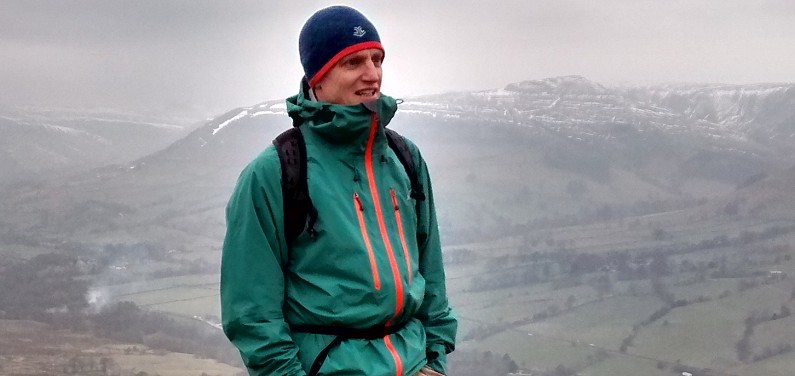
One final note is that the sizing seems rather large. I tested a medium, but the Asmund seems to fit bigger than the Jöttnar Bergelmir or Hymir in medium, resulting in a less trim fit over the chest. Potentially I might fit a small, although that seems odd as I'm about about 175cm tall, weigh 75kg and have a pretty broad chest and shoulders! It is fine when wearing a thicker fleece underneath but a bit flappy when wearing a slim fitting mid-layer like a stretchy micro-fleece. The hood is good and roomy though, and work swell with climbing and skiing helmets.
Summary
Overall there is a lot to like about the Asmund. It is very light, very breathable, keeps the rain out and has a fantastic hood for use with helmets. I've worn it backpacking, ski-touring, resort skiing and winter hillwalking, along with general outdoor usage in wet weather, and it has acquitted itself well in all those conditions. Just remember it is a rather light fabric and as such it cant be expected to be very durable. In addition NeoShell can feel cooler in windy conditions than other three-layer membrane shell fabrics.Both these things might count against it for your typical Scottish winter climbing day. Finally, whilst it's not cheap at 250, it is very competitively priced compared with many similar jackets that cost a lot more.
Weight: 347g (Size M, my weight)
Sizes: S, M, L, XL
Jöttnar say:
"Using the worlds lightest grade of micro rip-stop Polartec NeoShell and featuring a full-length zip and large twin chest pockets, Asmund is a highly versatile, lightweight and packable mountaineering jacket. With a suite of technical features and making full use of Neoshells ultra-breathable and waterproof membrane, it combines lightweight packability with superb harsh weather performance."
- Waterproof, breathable, stretch, 3-layer Polartec NeoShell
- Hydrostatic head: 10,000mm minimum; Air permeability: 0.5ft/min/ft; Polartec NeoShell fabric weight: 96g/m
- Micro-rip stop nylon face fabric
- Lightweight, packable, robust
- Athletic, streamlined, articulated cut and scooped back hem
- Harness and rucksack compatible chest pockets with YKK Aquaguard water repellent zips
- Wire stiffened hood brim with fully moldable laminate peak
- Internal valuables pocket, sized to accommodate iPhone 6
- Corded, glove compatible zip pulls
- Anti snag split hem draw cords

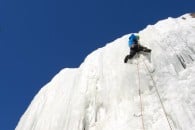

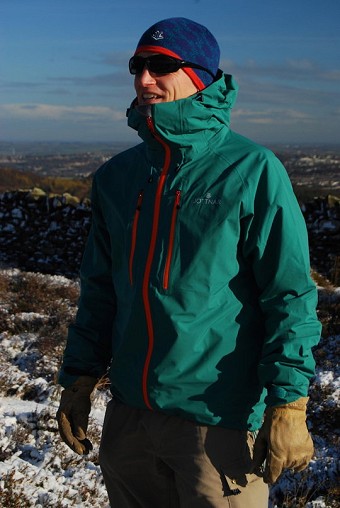
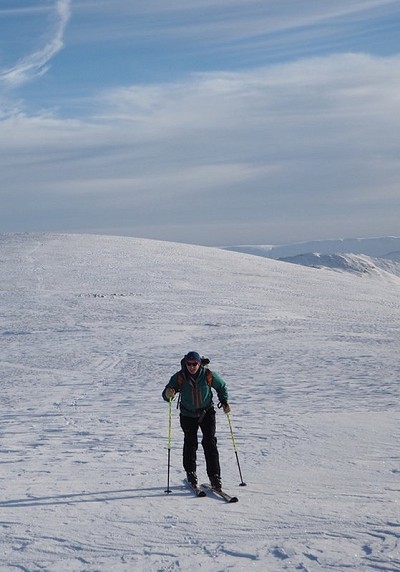
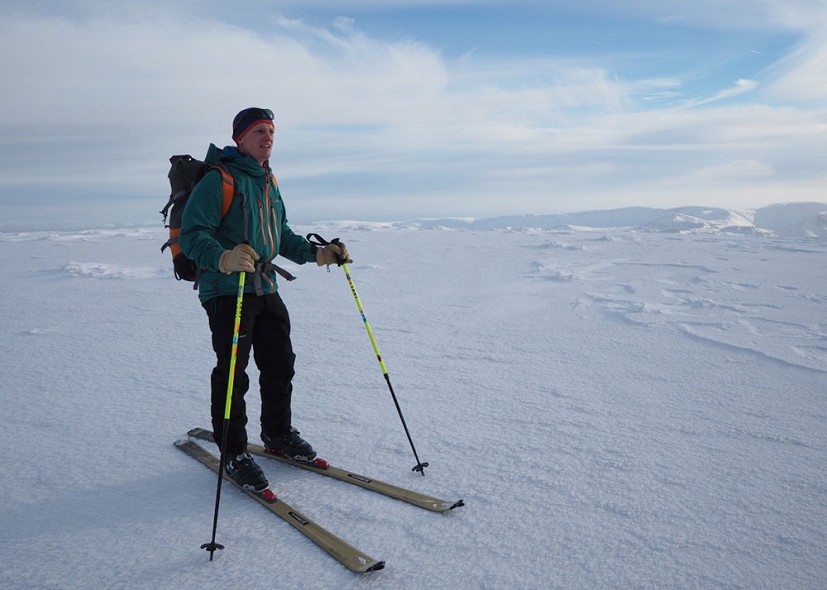
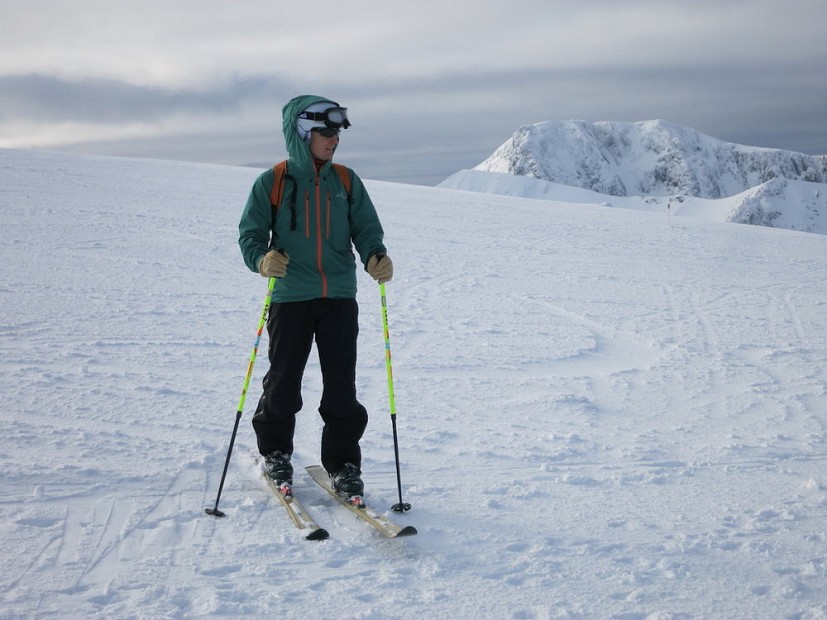
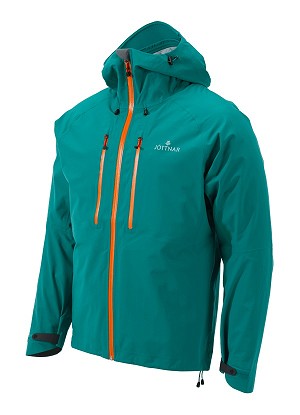
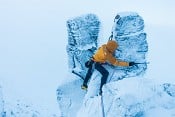




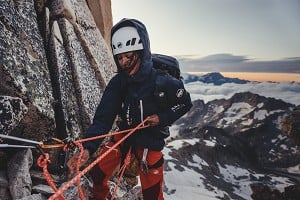
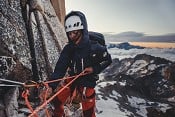
Comments